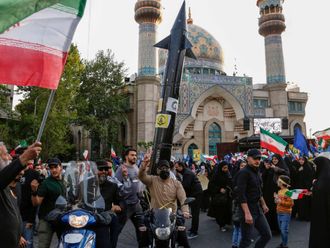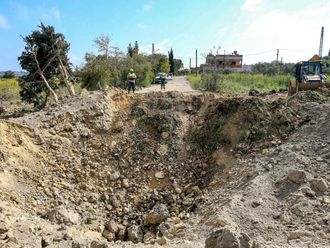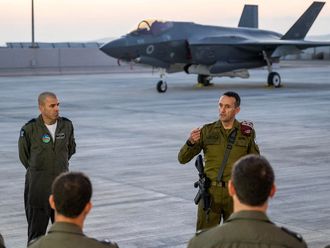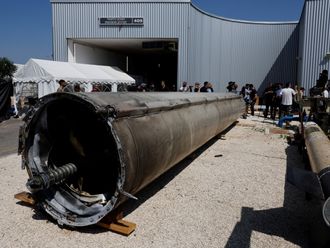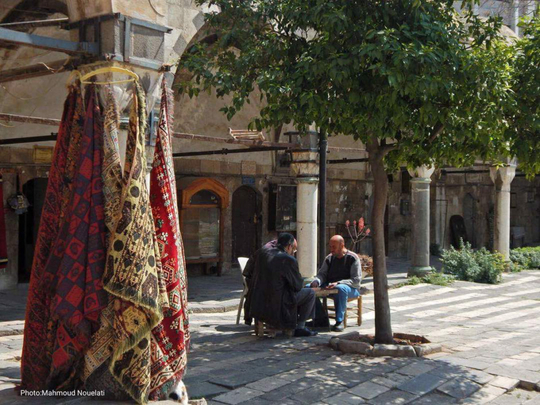
Damascus: Scattered throughout the Syrian capital is a tiny community of invisible Iranians, very different from the black-turbaned clerics and military personnel who have poured in from Tehran since outbreak of the Syrian conflict in 2011.
All of them are Sunnis, who arrived quietly in Damascus back in 1979, during the immediate aftermath of the Khomeini Revolution.
Few in Syria have heard of them or are even aware of their existence, as they all speak flawless Arabic and have lived side-by-side with their Syrian neighbours for nearly four decades.
Tawheed Reza Hafezullah is one of the approximately 80 Sunni Iranians in Damascus.
“I came here with my wife and two boys because of the security situation in Iran at the start of the revolution against the Shah,” he told Gulf News.
“Back then nobody called it the Islamic revolution. It was led by communists, Marxists, and nationalists. It did not get its Shiite hallmark until later.”
Hafezullah was in his mid-40s back in 1979, working at the very same profession he had inherited from his father.
He moved to Damascus, quickly learnt how to speak Arabic and immersed himself in the bazaar culture of Old Damascus, where he later became a successful rug-maker and repairman. Pretty soon he was making friends with local merchants and enrolled his children at state-run Arabic schools.
“They are grown up men now and both are married. I am the grandfather of six children. We feel we are Syrian but we are not entitled to Syrian passports because of the law.”
When asked if he misses Iran or whether he still visits there, Hafez replied: “I last visited in 2010. My children don’t like to go because they have nothing there anymore. All their memories are here in Damascus.”
Emad Amini, another Iranian, lives in Al Amara, not far from the Umayyad Mosque.
He was born in Damascus and married into a Syrian family.
“I am from the second generation of Iranians who came here,” he noted, “and we always felt welcome. Despite their alliance with Khomeini during the Iran-Iraq War, the Syrians were always very welcoming. They never pressed us for our views on the so-called Islamic Revolution. Here we live side-by-side with the Sunnis, we go to the same schools, attend the same weddings and funerals, and pray at the same mosques — in identical fashion.”
Iranians should renew their residency permits every five years, and cannot own more than one home for residence — neither do trade nor set up shop.
Returning to Iran is not an option, for 39-year-old Abdul Hamid Zahedan, who sells charcoal for a living.
“We don’t feel very welcome there because of the hardliners. (Iranian president) Rouhani promised during his campaign, back in 2013, to improve religious tolerance, but this has not happened. Iranian Sunnis feel constrained in Iran. Iranian Sunnis are considered the forgotten second largest group in Iran, estimated at 9-10 per cent of the total population.
In Tehran alone there are approximately one million Sunnis, but none are represented in senior military posts, throughout the civil service, and in diplomatic posts.
Sunni clerics are not allowed to appear on state-run television and Sunnis are not allowed to name their children Abu Bakr, Omar, Othman who were Prophet Mohammad’s (PBUH) Companions and other names of historical figures of the early days of Islam, that Shiites generally dislike.
According to the International Campaign for Human Rights in Iran (ICHRI), the state arrested 20 Iranians for converting from Shiites to become Sunnis in February 2016, accused of being on the payroll of Saudi Arabia. Three of them were sentenced to death on charges of “enmity against God.”


